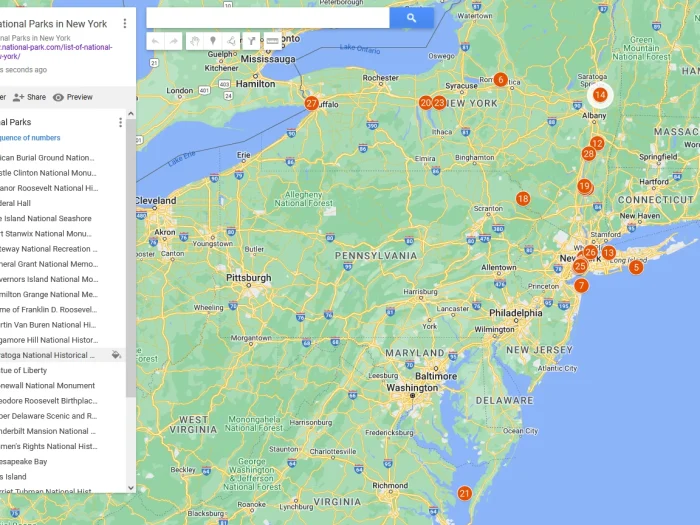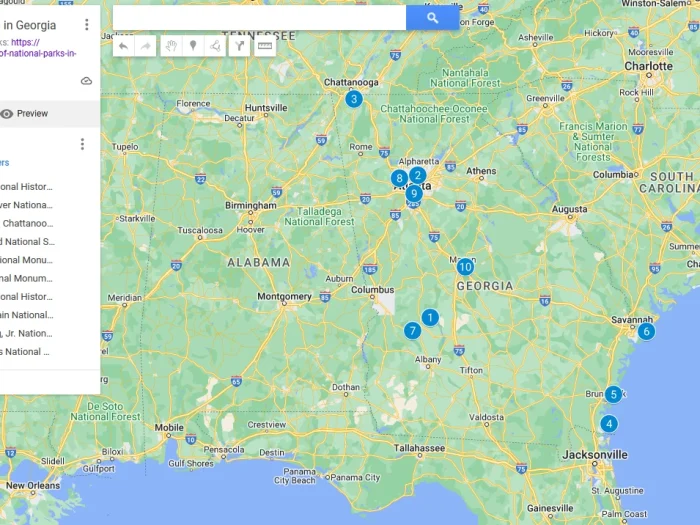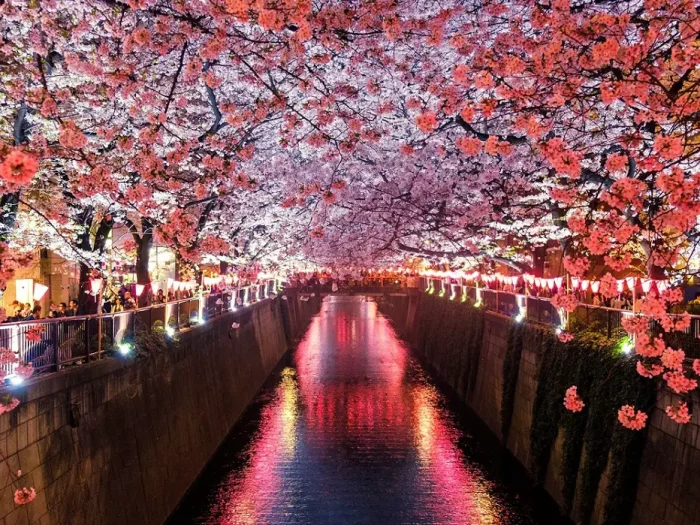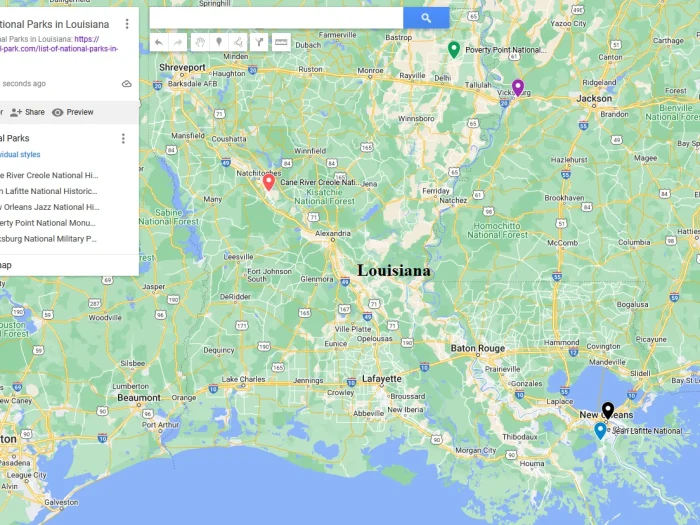Discover Industrial Heritage in American Cities with Practical Tours and Tips
When we travel to a new city, our itinerary often fills up with famous museums, towering skyscrapers, and popular restaurants. We see the modern, polished surface of a destination. Yet, beneath this glossy exterior lies a deeper story—a history built on smokestacks, railways, and the hard work of generations past. Many travelers miss this rich industrial heritage, not knowing where to look or why it matters. This article will guide you on how to uncover these fascinating historical layers, transforming your next urban trip into an unforgettable exploration of the engine rooms that built America.

What is Industrial Heritage Tourism?
Industrial heritage tourism is the exploration of places that were once the heart of a city’s economy. This isn’t about dusty, forgotten ruins. It’s about visiting former factories, mills, warehouses, shipyards, and railway lines that have been preserved or thoughtfully repurposed. These sites are now often vibrant museums, unique parks, art galleries, and even residential lofts. They tell the powerful story of innovation, labor, and community that shaped the city you see today. Exploring these vast industrial areas can take a full day. You might find yourself walking from an old railway yard to a repurposed factory district. To make your exploration unburdened and flexible, it’s wise to find the nearest luggage storage after checking out of your hotel. This frees you up to climb stairs, navigate uneven ground, and fully immerse yourself in the experience without dragging bags behind you.
Why Explore These Forgotten Places?
Stepping away from the main tourist trails offers a more authentic experience. These sites provide a direct connection to the city’s identity. Instead of just reading about history, you can walk on the same floors as thousands of workers, see the colossal machines they operated, and feel the sheer scale of their ambition. These locations also offer incredible photographic opportunities, with their raw textures, dramatic architecture, and a sense of haunting beauty. You gain a deeper appreciation for how a city grew, understanding the foundation upon which its modern marvels were built. It’s a chance to connect with the real stories of the people who powered its progress.
Where to Find Industrial Heritage in American Cities?
Many American cities have begun to celebrate their industrial past. From the Rust Belt to the East Coast, you can find incredible examples of preservation and transformation.
The Steel City: Pittsburgh, Pennsylvania
Once the steel capital of the world, Pittsburgh has done a remarkable job of preserving its industrial landmarks. The Carrie Blast Furnaces are a must-see. These towering, rusted structures are all that remain of the legendary Homestead Steel Works. Taking a tour with Rivers of Steel, a local heritage organization, allows you to stand at the base of these 92-foot-tall behemoths and learn about the dangerous, hot, and vital process of making iron. The guides, some of whom are former steelworkers, share personal stories that bring the site to life. A standard guided tour costs around $25 per person. For a different perspective, ride the Monongahela Incline for a panoramic view of the city, imagining the rivers below filled with barges of coal and iron.
The Motor City: Detroit, Michigan
The story of the American automobile is written all over Detroit. While many think of ruins, the city has beautifully preserved key sites. The Ford Piquette Avenue Plant, a National Historic Landmark, is the birthplace of the revolutionary Model T. Walking through this modest brick factory, you can see the original wooden floors worn smooth by decades of work, stand in Henry Ford’s preserved office, and see a collection of early Ford vehicles. The experience feels incredibly personal and historic. Admission is typically around $17. The plant offers a tangible link to the innovation that put the world on wheels.
The Mill City: Lowell, Massachusetts
Lowell offers a different kind of industrial story—one centered on textiles. The entire downtown area is part of the Lowell National Historical Park. Here, you can explore the vast Boott Cotton Mills Museum, where a reconstructed weave room with over 80 working power looms gives you a deafeningly loud sense of what mill life was like. You can also take a trolley ride or a seasonal canal boat tour to understand how water power fueled an entire city. The park itself is free to enter, though some tours and exhibits may have a small fee. It’s a fantastic example of how an entire industrial ecosystem can be turned into an immersive educational experience.
How to Plan Your Urban Exploration?
Finding these sites is easier than you might think. Start with some online research before your trip. Search for terms like “industrial museum,” “heritage park,” or “historic manufacturing district” along with your destination city. Many of these locations are run by passionate non-profit organizations that offer excellent guided tours. These are highly recommended, as guides provide context and stories you would otherwise miss.
When you go, wear sturdy, comfortable shoes. You will likely be walking on uneven cobblestones, grated metal walkways, or old factory floors. Also, be sure to check opening hours and tour schedules in advance. Many of these sites are not open daily or may have seasonal hours, so a little planning ensures you won’t be met with a locked gate.
Safety and Respectful Visiting
It is crucial to distinguish between designated heritage sites and abandoned, unsecured buildings. Never enter a derelict or closed-off property. These buildings can be extremely dangerous, with risks of structural collapse, hazardous materials, and unseen drops. Trespassing is also illegal.At official sites, always stay on marked paths and respect all safety barriers. These rules are in place to protect both you and the fragile historic structures. Remember that these were places of immense labor and, at times, great hardship. Approach your visit with a sense of respect for the people whose lives were intertwined with the site. Leave no trace and help preserve these important landmarks for future generations to explore.






